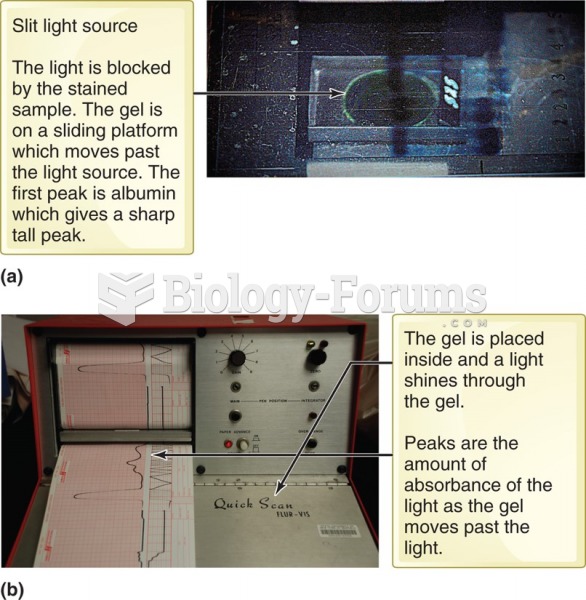|
|
|
The newest statin drug, rosuvastatin, has been called a superstatin because it appears to reduce LDL cholesterol to a greater degree than the other approved statin drugs.
There are immediate benefits of chiropractic adjustments that are visible via magnetic resonance imaging (MRI). It shows that spinal manipulation therapy is effective in decreasing pain and increasing the gaps between the vertebrae, reducing pressure that leads to pain.
Amphetamine poisoning can cause intravascular coagulation, circulatory collapse, rhabdomyolysis, ischemic colitis, acute psychosis, hyperthermia, respiratory distress syndrome, and pericarditis.
According to the FDA, adverse drug events harmed or killed approximately 1,200,000 people in the United States in the year 2015.
The highest suicide rate in the United States is among people ages 65 years and older. Almost 15% of people in this age group commit suicide every year.
 When horses lie down to sleep, others in the herd remain standing, awake or in a light doze, keeping
When horses lie down to sleep, others in the herd remain standing, awake or in a light doze, keeping
 The frontal lobe (green) bounded by the Sylvian fissure (yellow line) and central sulcus (red line),
The frontal lobe (green) bounded by the Sylvian fissure (yellow line) and central sulcus (red line),





